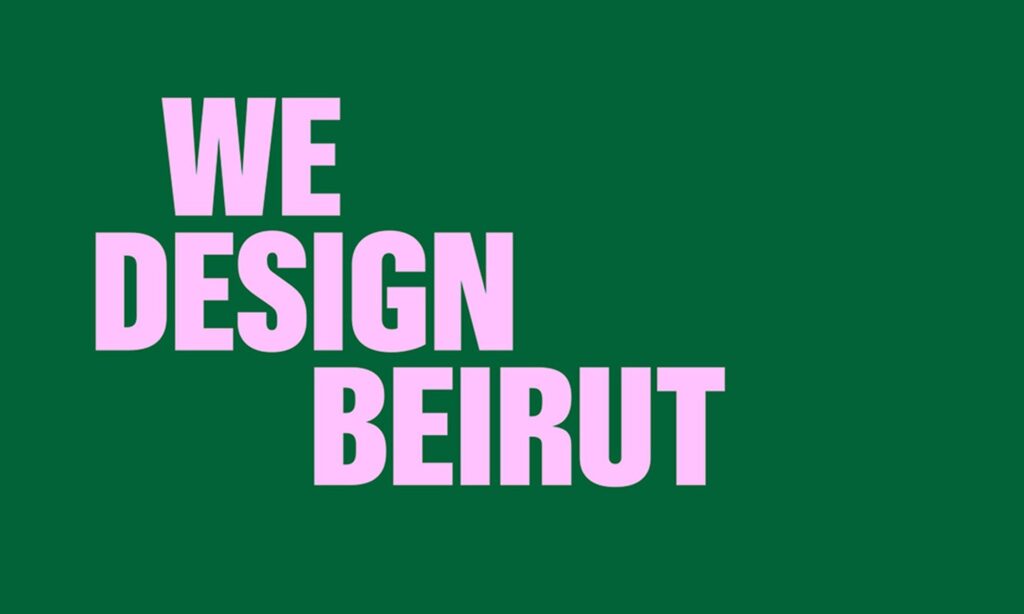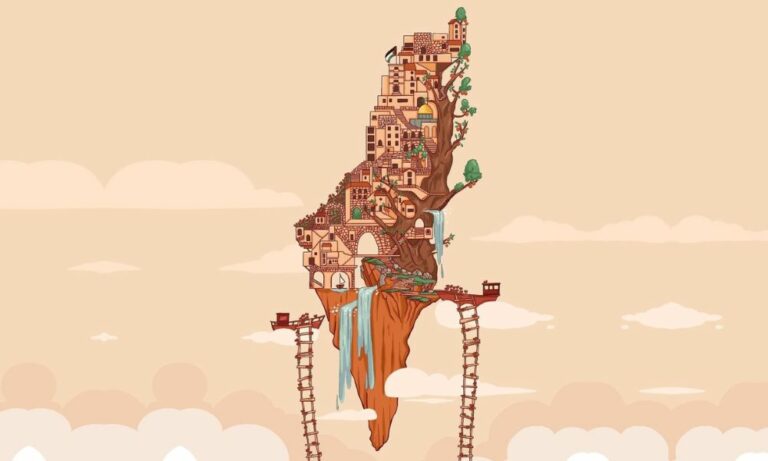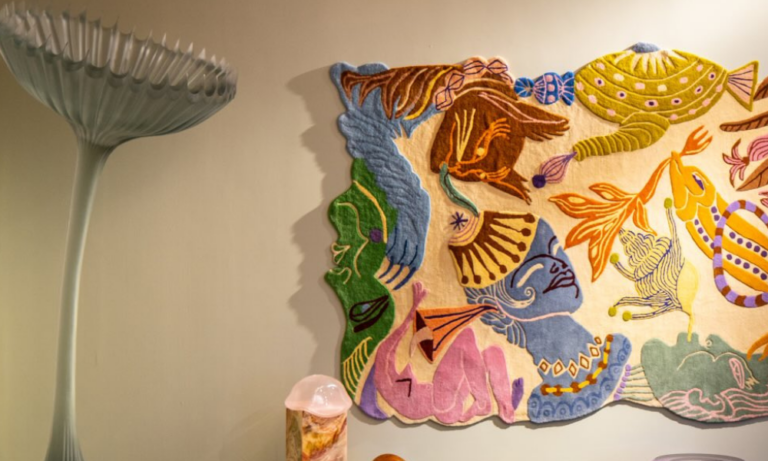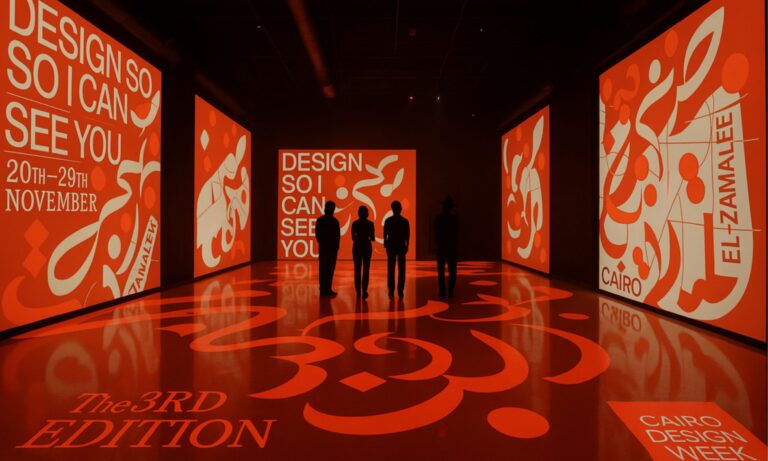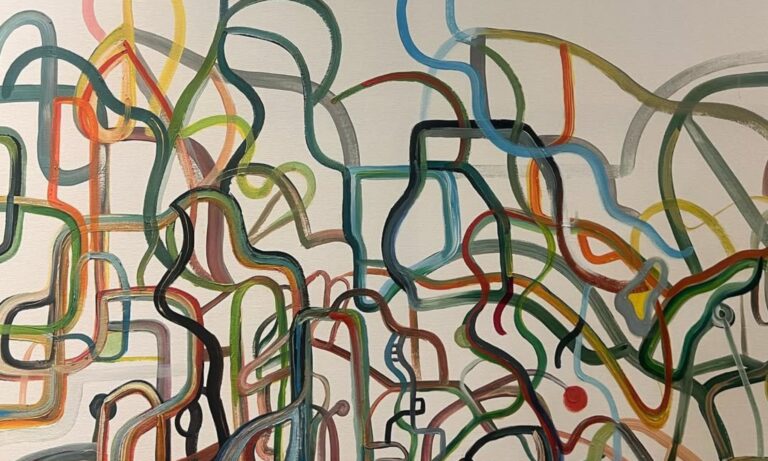Few cities wear their scars as defiantly as Beirut. Crumbling facades and bullet-pocked buildings stand beside glass towers and concept stores, forming a skyline that refuses to forget. This October, that tension between memory and reinvention becomes the heart of We Design Beirut, a design fair unlike any other that transforms the city into a living museum.
Running from October 22 to 26, the fair unfolds across five of Beirut’s most resonant landmarks—Villa Audi, the Roman Baths, Burj El-Murr, the Union Building, and the Abroyan Factory—each space chosen not for convenience but for meaning. The event’s founder, Mariana Wehbe, and creative director Samer Alameen envisioned We Design Beirut as something far greater than a showcase of interiors and objects. It’s a reclamation of history, a collective act of cultural repair.
Most global design fairs exist in the neutral sterility of convention halls; We Design Beirut does the opposite. It stages the conversation where it began—inside the bones of the city.
At Villa Audi, curator Gregory Gatserelia’s exhibition Totems of the Present & the Absent unfolds within the villa’s Ottoman and European architecture, pairing contemporary works by Lebanese and international designers with the layered histories embedded in its walls. The show meditates on presence, absence, and imagination as concepts inseparable from Beirut itself.
Nearby, the Roman Baths host Of Water and Stone, curated by Nour Osseiran and produced by Stones by Rania Malli. The exhibition revisits the site’s first-century rituals of cleansing and renewal through monumental marble works. The result feels almost archaeological like a dialogue between antiquity and the modern mind, where marble becomes both relic and metaphor for endurance.
Across town, the unfinished Burj El-Murr, a towering war relic, becomes home to Design “In” Conflict, a student-led project from nine Lebanese universities. Within the concrete shell of the skyscraper, young architects and designers examine how conflict imprints itself on space and psyche. Their work doesn’t romanticize destruction, but it studies how creation might emerge from it.
The Union Building in Sanayeh, a 1950s modernist structure undergoing restoration, becomes the site for two exhibitions that reflect on transformation itself. A Journey of Light, curated by Karim Nader Studio and Atelier33, invites visitors through an immersive architectural experience that traces light as a metaphor for rebirth. Meanwhile, Rising with Purpose showcases the work of Lebanese designers under thirty, challenging traditional ideas of beauty by framing design as a response to human, social, and environmental needs.
In Bourj Hammoud, the once-bustling Abroyan textile factory reawakens as a creative hub through three exhibitions. Métiers d’Art transforms the factory into a live atelier where artisans and designers collaborate across disciplines like glass, clay, rattan, and marquetry. Threads of Life brings together names like Bokja, Inaash, Sarah’s Bag, and Salim Azzam to reimagine textile as archive: every stitch a record of resilience, every weave a gesture of continuity. Skin of a City, a photographic dialogue between Patrick Baz and Anthony Saroufim, captures Beirut’s sensual, vulnerable side.
We Design Beirut reveals how creativity in Lebanon has always been inseparable from survival, how making can be both an act of mourning and of hope. In a city that has learned to start over again and again, design becomes a kind of architecture for belonging.
ALSO READ: THEY LOOK LIKE EARRINGS, PROTECT YOUR HEARING, AND WE’RE OBSESSED.
